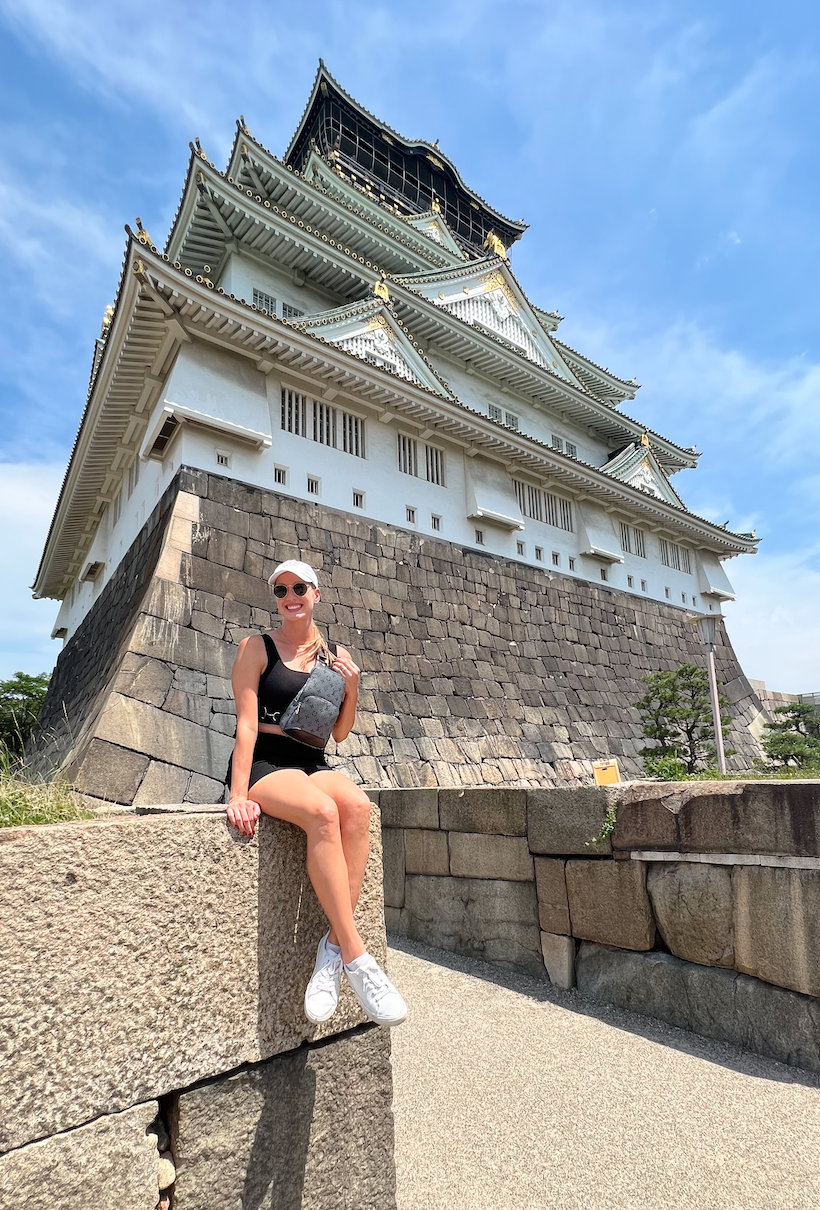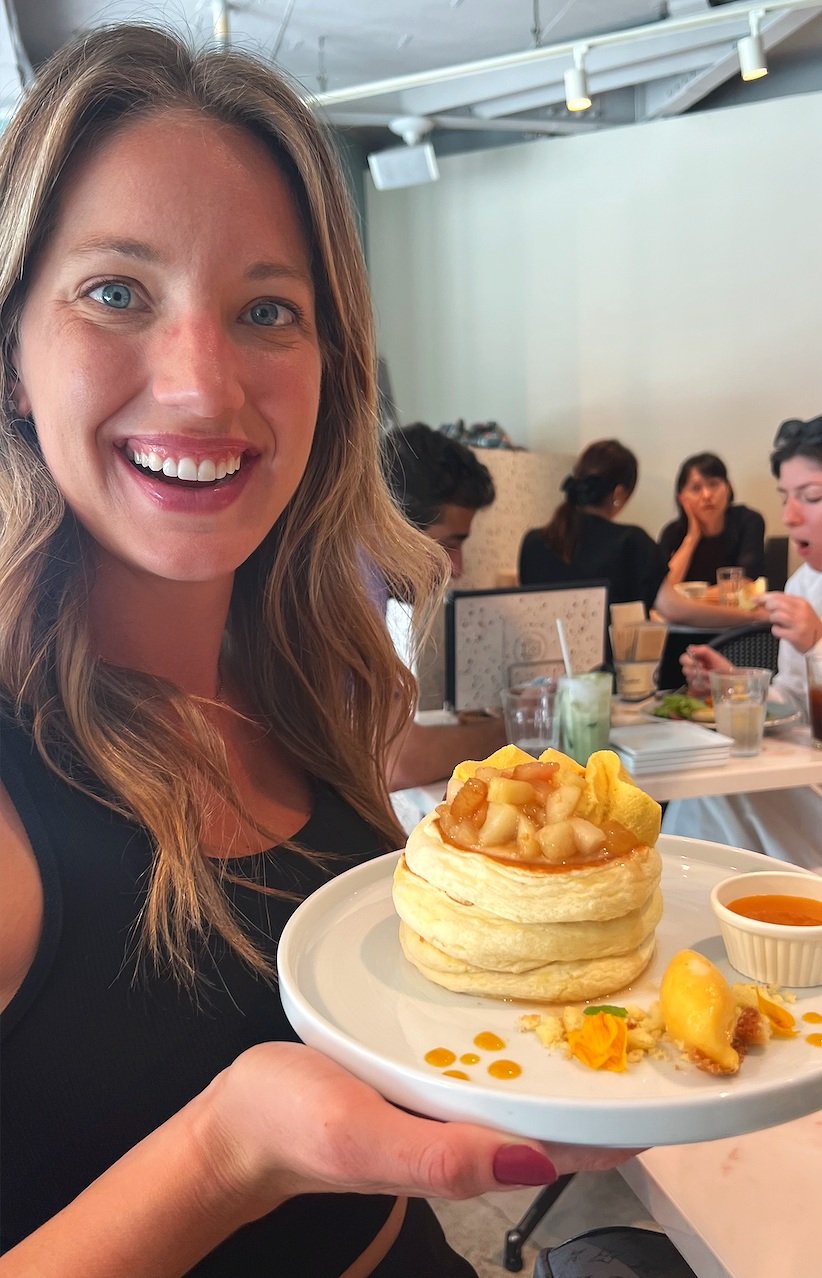Is Japan expensive?
It’s certainly trendy (which usually comes with a price tag), but it’s no wonder why– of all the countries that I’ve visited, my first visit to Japan in caught me off guard the most. I fell in love with what once seemed like a fishy (I’m not a fish eater), tacky, and unrelatably foreign place and have since been back 4 times, even living in Sapporo for a few months!
Not only can I confidently say that Japan has the BEST food of any country I’ve visited, but the incredibly polite people, clean and safe cities, colorful culture, mountains, natural hot springs, cutesy vibes, and warm, lively izakaya (bar) culture have totally captured my heart. It’s hard to articulate the heartfelt feeling of home I’ve found in Japan.
But when I booked the trip, one constant refrain from people was, “Isn’t Japan expensive?”
Depending on who you ask, you’ll get a different answer- so I tried my own mythbusters-style experiment and made a detailed document of my daily expenses!
Spoiler alert: Japan is definitely not as expensive as the United States and on par with what I spent in the Philippines- not what I’d have expected at all! Check it out.
What should my budget be for a trip to Japan? Here’s what I spent in 1 day!
Total spent in 1 day: $71.30 (equal to ¥9,954)!
For context, I’m a moderate budget traveler- I stayed in clean but basic hotels in good locations, enjoyed authentic food and experiences, but definitely didn’t spend on unnecessary luxuries.
I chose to track my spending on one of my days in Osaka, the “kitchen of Japan” and a median on the scale of expensive vs. inexpensive cities in Japan. Osaka is known for its vibrant street food culture, castles, and lively atmosphere, so I think it was a great average spendy place to track my expenses.
Breakdown of spending
Accommodation: $25 or ¥3,510.48 (room was $50, split between 2 people)
- Price per night for a comfortable, clean hotel in a good location. Yes, the hotel rooms are TINY, but that’s the norm in Japan.
Transportation: $3.97 or ¥550
-
Using Osaka’s subway system and walking
Attractions: $12.11 or ¥1700
-
Explored Osaka Castle and park (free), unless you’d like to take this awesome guided tour!
-
Visited a sento onsen, or a Japanese public spa with mineral hot springs, hot tubs, cold plunge, saunas, and steam rooms (¥800).
-
Played with the fun gachapon, which are like little “vending machines” that sell Japan’s famous capsule toys and other small items (¥900).
-
Went to the Dōtonbori district to see the famous running man sign, waterways, bars, and shops. Mostly I just enjoyed beers in lively atmosphere and sightseeing on foot (free other than ~1USD from the beers from a vending machine).
If you’ve never been to Namba or Dōtonbori, I HIGHLY recommend this super fun Namba pub crawl with a local guide. My favorite part of hanging out in Namba and Dōtonbori is finding little hole in the wall places that aren’t stuffed with tourists, trying local specialties, and doing as the locals do! This is a GREAT way to do it (and fantastic value for money!) if you’re not familiar with the area and want to hang out local style. If you’re more of a foodie, try this food tour in Shinsekai– the local guides are hilarious and you’ll try 15 different dishes. Osaka is considered the stomach of Japan, so when in Rome!
Food, coffee, and alcohol total: $27.62 or ¥3,856
Breakfast:
$1.85 or ¥260
-
Freshly ground iced coffee (¥140) and chocolate soft pastry (¥120).
Brunch (this was ELABORATE and we went back more than once!):
10.74 USD or 1500 yen (split between 2 people)
-
Fluffy Japanese souffle pancakes with passionfruit and peach chantilly cream and sorbet (1800)
-
Rice omelet, beef curry, salad, granola and yogurt, iced coffee (1200)
Dinner (one of the most expensive meals I had in Japan):
$15.03 or ¥2110.50
-
$1.42 or ¥200 for a gyoza appetizer
-
$9.12 or ¥1280 for a HUGE pork curry udon with a side of fried chicken side and rice
-
$4.49 or ¥630 for 1 large draft beer
Miscellaneous:
$2.60 or ¥365
-
$0.93 or ¥130 for 1 bottled water
-
$1.67 or ¥235 for 1 tall boy can of Asahi beer
How much to budget for a trip to Japan: Considerations
Value of the Japanese yen at the time of your visit
At the time of my visit (July 2023) the power of the US dollar (USD) was high, fluctuating between 140-144 Japanese yen to 1 USD. This is a great conversion rate for visitors to Japan from the US.
Activities
There are plenty of free castles, temples, walking tours, sake museums and tastings, and more in Japan, but I blew my budget on certain days more than others. For example, the day I spent in Kobe (home of the famous A5 Kobe Wagyu steak) I spent $227 on a luxury authentic A5 Kobe Wagyu steak 6 course meal, but the next day ate casual street food and only spent about $15 on food total.
Try the food tours and pub crawls I mentioned above to really get your money’s worth from your small budget- it’s a great way to try a lot of things! If you’re looking for other experience, some phenomenal ones are:
- Sushi making experience in Dōtonbori
- Visiting Universal Studios in Osaka (they have things in the park that we don’t have in the USA parks!)
- Osaka hotspots walking tour with a local!
Accommodations
I chose moderate, clean, modern, minimalistic hotels with great bang for the buck.
Transportation
The subway trains in Japan are affordable, fast, and convenient. I also used the public buses (which are clean, comfortable, and air conditioned), high-speed bullet trains, and a cool overnight ferry.
Taxis are available most places, but they’re ridiculously expensive.
Some of the cities are more walkable than others, but in general I think the walkability in Japan is great compared to most places in the US.
Other important things about budgeting for a Japan vacation
-
Water is complimentary at restaurants, unlike most countries in Europe.
-
There is no tipping in Japan– they find it insulting to the pride they take in the work that they are paid to do.
-
Street food is everywhere and it’s delicious and cheap.
The bottom line is that the cost of traveling in Japan varies depending on personal preferences and choices. You can easily experience Japan on a budget much tighter than I kept mine, but certain attractions and dining experiences can get pricey. By opting for affordable accommodations, using public transportation, and enjoying a mix of street food and mid-range dining, you can keep your expenses lower than I did.
I know what you’re thinking: “This is great for you, but how can I afford to travel more?” I’ve been there!
It’s easier than you think to travel on a tight budget if you have the right tools. From scoring cheap flights to saving on hotels, snag my FREE guide with ALL the best budget travel tips and tricks! ✈️
This blog may contain affiliate links, which means that at no cost to you, I may earn a small commission of any products sold. I only feature products that I believe in and use. Your support means the world to me and allows me to host this website!


LEAVE A COMMENT